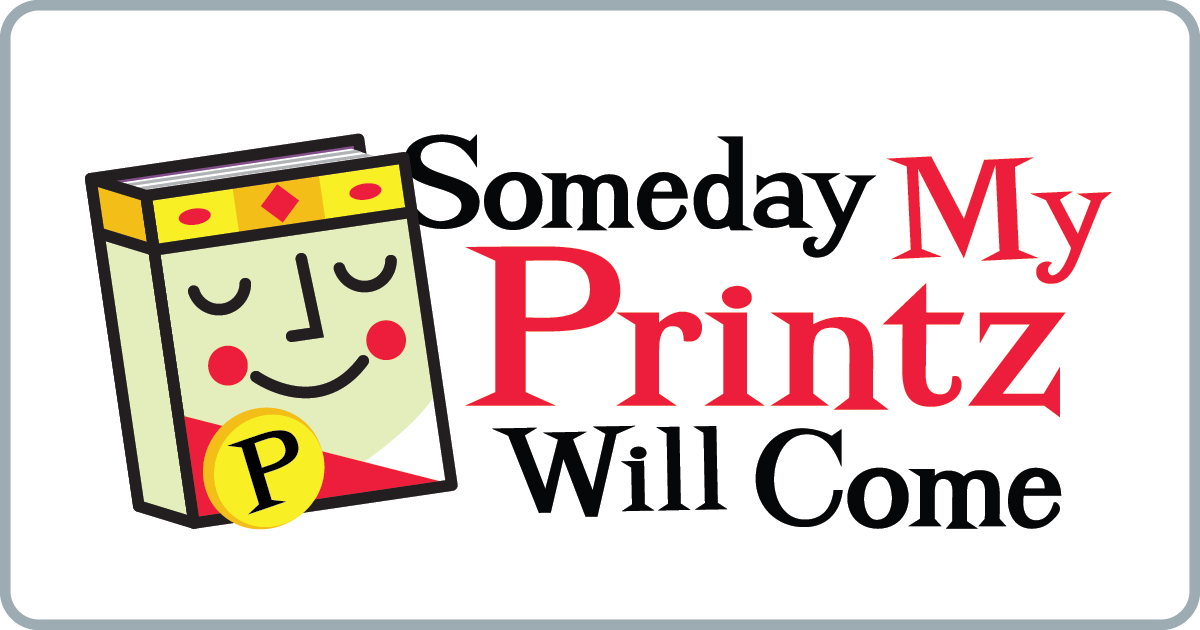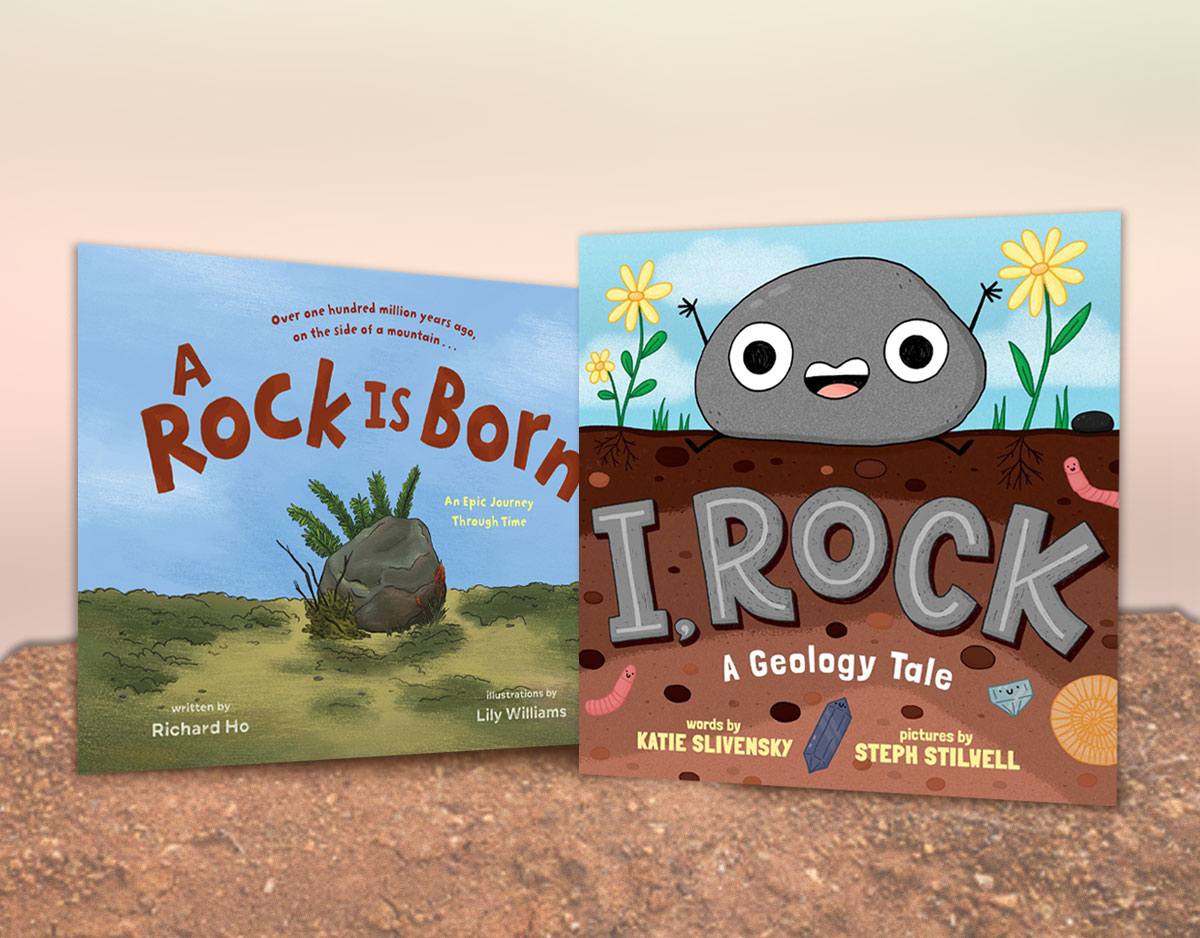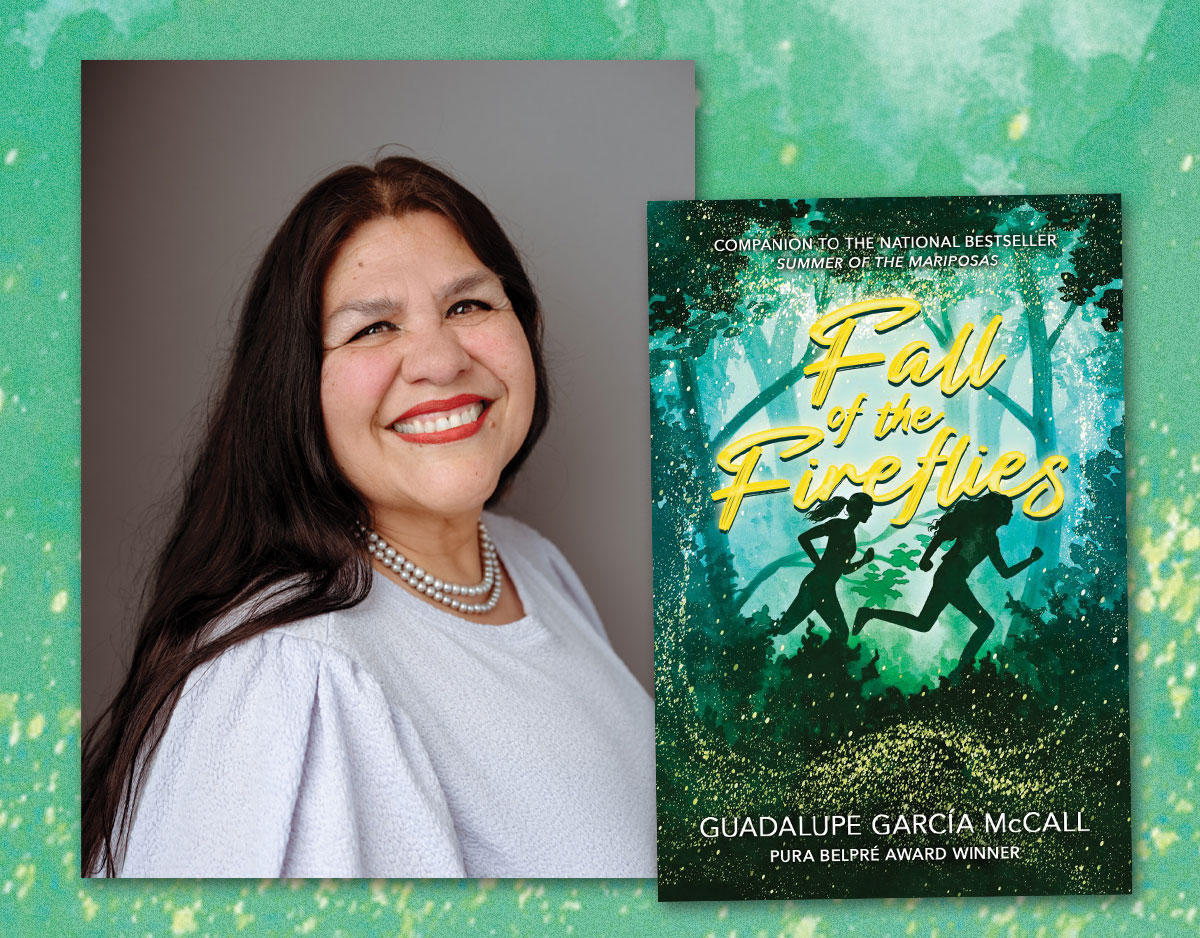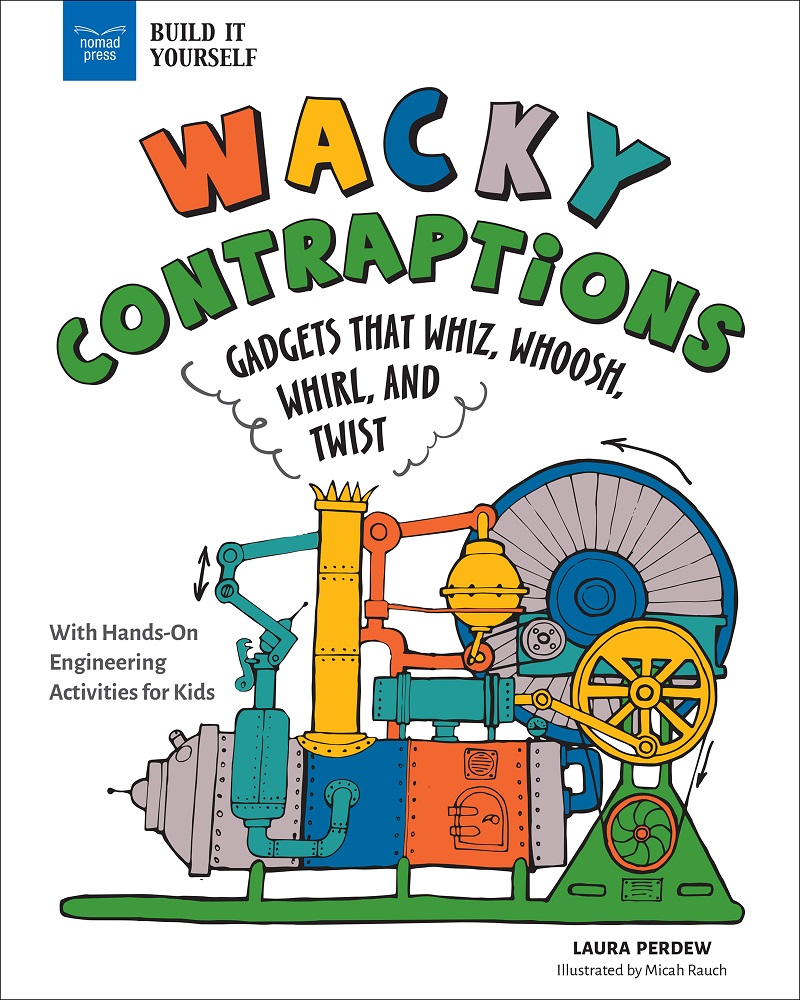SCROLL DOWN TO READ THE POST
Still Too Many Books, or, a Tale of Even More Hanging Chad
 And we’re back with even more more books, in part 2 of our mega roundup of all (not really all) the books.
And we’re back with even more more books, in part 2 of our mega roundup of all (not really all) the books.
 Drowned City: Hurricane Katrina and New Orleans, Don Brown
Drowned City: Hurricane Katrina and New Orleans, Don Brown
HMH Books for Young Readers, August 2015
Reviewed from final copy (6 stars)
With six starred reviews, I wish we’d had time and space to give this an entire post. This is a slim piece of graphic nonfiction, telling the story of Hurricane Katrina and its effect on the city. Brown’s writing is spare and neutral — very much “just the facts, ma’am.” He provides statistics which manages to bracket the events with some sense of scope. The text becomes something more when paired with the art. The words tell the big picture (pls forgive) while the art shows us the human faces, the individual moments. The horrifically unsafe conditions are made so clear in the art, too. The two-page spreads of the hurricane as it approaches New Orleans are powerful — ominous and threatening. The clouds of mosquitos, the oppressive heat, the thick and disease-ridden water — all have a palpable sense of danger. The art and words together make a powerful text — both informative and emotionally effective.
While the plot doesn’t deviate from actual events, there is still a sense of suspense; each event pulls the story to a darker, more terrible place. The mounting numbers weigh heavier; the horrific conditions seem more crushing. All of this culminates in the end, where the image provides a sense of hope (“We’re coming back. This is home. This is life.”) and the statistics and information in the captions detailing the fallout seem full of cynicism, anger, and acceptance.
ADVERTISEMENT
ADVERTISEMENT
What I’ve been grappling with the most is the scope of the book. This is not a story about why city infrastructure failed and government agencies dithered; it is about the consequences of these realities. On my first read, I wanted more analysis (as we know, the victims were disproportionately from the city’s elderly population and African-American population — this seemed like an excellent opportunity to talk about structural inequality). By my second read, though, I wondered if this was an acceptable choice; the book covered a lot of ground, and through the art managed to provide some (implicit) commentary on inequality. I’m still debating that internally. But what Drowned City sets out to do, it absolutely does.
As for RealCommittee’s thoughts on the book…I am going to guess probably no — as nonfiction it has some tough competition. As a work of sequential art, it has other tough competition. I could be wrong (I certainly wouldn’t be sorry in that case), but I’m not sure I see this going the distance. —SC
 Weird Girl and What’s His Name, Megan Brothers
Weird Girl and What’s His Name, Megan Brothers
Three Rooms Press, October 2015
Reviewed from final copy (1 star)
The two narrators of Megan Brothers’ novel are such social misfits that they are known to their peers as weird girl and what’s his name. Lula and Rory bond as most teens do, over their common family dysfunction and pop culture, specifically The X-Files but science-fiction in general. This novel landed on our radar through word-of-mouth and after landing on Kirkus’ Best of 2015 .
Rory and Lula are charming characters who talk to the reader as though they are talking to a good friend. Furthermore, Brothers writes about a romantic relationship between a teen and an adult in a way that we don’t often see. There is no melodrama surrounding the situation yet the adult involved is unambiguously too old for Rory (as in, the adult has two children, one only three years younger than the teen). The way that this relationship fractures the friendship between Rory and Lula is believable and authentic to the characters allowing each of them to explore themselves.
Although the narrators have engaging voices, Brothers does too much telling and not enough showing. That knocks it out of Printz contention but I think teens will find a lot of appeal here. —JP
 Enchanted Air: Two Cultures, Two Wings, Margarita Engle
Enchanted Air: Two Cultures, Two Wings, Margarita Engle
Atheneum Books for Young Readers, August 2015
Reviewed from final copy (3 stars)
This is lovely. I am ashamed to admit that I’ve never read any of Engle’s work in total before, although I recommend her to the poetry students every term. Much like one of my favorites last year, How I Discovered Poetry, this is a memoir in verse by a poet, although this time in free verse. So it’s no surprise that the poetry sings and the words fall exactly as they should, with meaning in the breaks as well as in the words.
The story itself is startlingly current; although the experiences Engle’s recounts here happened around the Cuban revolution and the political aftermath of 50 years ago, the underlying truth that international politics affect individuals still holds true, and in our current political arena, so many of my students who come from the Middle East and/or are Muslim feel the same tensions Engle’s evokes.
And what tensions: torn between two worlds, and then told she can’t have one of them, even though it’s the place her heart recognizes. This is a poignant narrative about identity, family, and the ways that we are bound by large events and also about the magic of words and the purpose of poetry.
It’s a small gem and it’s very easy to see why it’s on the ENYA shortlist. As for the Printz? It’s poetry, and it’s up against Nelson’s poetry too, but I’m sure it’s at least on the table because it’s a strong contender.
 We Are All Made of Molecules, Susin Nielsen
We Are All Made of Molecules, Susin Nielsen
Wendy Lamb Books, May 2015
Reviewed from ARC (1 star)
I’m going to tip my hand right off the bat and say that this is not striking me as a serious contender.
I know, I know, funny is hard and this is funny and someone is doubtless thinking I am not giving it enough credit because it’s a funny book. But the humor is very broad and a little bit cheap, and the character arcs are simple and clear and not entirely realistic. The whole thing is overly simplified for YA — if it weren’t for the drunk pass out/nasty boys take pictures, I would say this was clearly middle grade, but I think that content ages it up a bit to that weird Printzbery window of 12-14.
And yet I really really liked this. It’s an excellent portrayal of the grieving process for a dead parent and a feel good yarn about blended families. The social themes are perhaps a little heavy-handed, but this might be a perfect 7th grade book for exactly that reason — just not a Printz, for all the others. —KS
 Out of Darkness, Ashley Hope Pérez
Out of Darkness, Ashley Hope Pérez
Carolrhoda Lab, September 2015
Reviewed from final copy (2 stars)
Here it is folks, one that might just be able to go the distance. Which is probably no surprise to you all, because you are the ones who told me to read this.
The writing is beautiful. The sense of physical space is powerful; I have a vision of East Texas right down to textures and smells. The presence of the oil, the way it shapes the entire world for the community: all new information presented effectively through limited third person perspectives. The use of religion also stands out as historical and vivid in its evocation.
The treatment of racism soars; the thousand small insults (the little girl asking if Naomi knows “dirty Mexicans” – so painful and so spot on) and the thousand overt ones that Naomi faces, the total segregation of the black and white communities and the way Naomi is caught in the middle, too light for one and too dark for another, the slow build of tensions that are about race and class and also about passion and jealousy: there is a lot here to admire. (And I do mean a lot — this is a big book, with relatively small print.) And oh god, that ending: gut wrenching.
On the flip side, I had a pervasive sense of tonal anachronisms — most of it small, almost insignificant moments, sometimes so subtle that I couldn’t even tell what had triggered the nagging feeling that it sounded more 50s than late 30s. But altogether it built to a sense that while the time period was well researched (exemplified in things like brand names, recipes, the oil culture), the actual sense of time was a little weaker. However, I was not a history major and most of my history reading is in the context of historical fiction, so I was doing my best to ignore that sense and give the text the benefit of the doubt. And then I got to the scene when Naomi masturbates in the woods, and it raised some big questions for me. I just didn’t believe that in this time and this place, having had the experiences she had with Henry’s molestation, she would do this. It’s not a moment of discovery; she “knows a way to keep warm,” How did she figure this out?
And look, it’s a small moment in a large, well-executed book, but it was evidence of the flaw that had been eating at me, and it left me with a lingering set of questions that were louder for that moment.
I think this still has a chance, because when you reach the end the thematic scope and the idea of story as redemption loom so large that concerns might be drowned out. But it’s not a clear shot, because sense of time tends to weigh heavily in an assessment of historical fiction. —KS
 Most Dangerous, Steve Sheinkin
Most Dangerous, Steve Sheinkin
Roaring Brook Press, September 2015
Reviewed from final copy (6 stars)
ADVERTISEMENT
ADVERTISEMENT
Third time could be a charm for Steve Sheinkin. That is, this is the third time we’ve reviewed his work on the Printz Blog and this book may be his best shot at the real prize. In our Pyrite, Most Dangerous tied with Symphony for the City of the Dead and yeah, they’re both excellent nonfiction in a year when we’ve been spoiled for choice, but Sheinkin’s book is special.
First of all, it’s very Sheinkin-y. Everything he’s done well in the past, he does well again here. Pacing, dialogue, balancing multiple narratives, and distilling complicated history down to its essence; all brilliant here. Sheinkin has the ability to zoom into very specific people or events—building the atomic bomb, a mutiny at Port Chicago—while widening his lens around the main narrative. In doing this, he’s able to place events in the context of their time in addition to creating a story that allows a reader to make connections to the present day.
What sets Most Dangerous apart from Bomb and Port Chicago 50 is time. World War II feels much further away than Vietnam because the world changed so much after 1945. Plus, the issues that come up; an unpopular war, involvement in a foreign country’s conflict, spying, and the role that information plays in society, are so relevant to current events and concerns. An epilogue connecting Daniel Ellsberg’s decision to leak the Pentagon Papers with Edward Snowden’s release of NSA documents underlines what an astute reader will have already gained from the text. In a book this dense, it’s an entirely appropriate and welcome button.
Throughout all of the political complexities, Ellsberg’s personal conflicts, and the larger scope of the Vietnam war, Sheinkin never forgets to focus on the soldiers who fought in Vietnam. Their stories of what they saw and endured at war remind the reader that when General Westmoreland calls for 200,000 troops, that number will include men like Everett Alvarez who was held as a prisoner of war for several years after his plane was shot down. Every time Johnson or Nixon decided to continue the war, these are some of the people affected. This allows us to have a little of the insight that Ellsberg would have had, to understand his decision to leak the Pentagon Papers.
I’m still not sure if I enjoyed Most Dangerous more than Symphony, but I certainly think it has a serious shot at a Printz. —JP
So that’s it for the season in terms of reviews. Whew. Comments are open, so let us know what you thought of these final six.
Filed under: Books to look for, Contenders, Fiction, Nonfiction
About Karyn Silverman
Karyn Silverman is the High School Librarian and Educational Technology Department Chair at LREI, Little Red School House & Elisabeth Irwin High School (say that ten times fast!). Karyn has served on YALSA’s Quick Picks and Best Books committees and was a member of the 2009 Printz committee. She has reviewed for Kirkus and School Library Journal. She has a lot of opinions about almost everything, as long as all the things are books. Said opinions do not reflect the attitudes or opinions of SLJ, LREI, YALSA or any other institutions with which she is affiliated. Find her on Twitter @InfoWitch or e-mail her at karynsilverman at gmail dot com.
ADVERTISEMENT
SLJ Blog Network
Fuse 8 n’ Kate: Fancy Nancy by Jane O’Connor, ill. Robin Preiss Glasser
Cats With Jobs, vol. 1 | Review
Fast Five Interview: Keezy Young
The Classroom Bookshelf is Moving
ADVERTISEMENT
ADVERTISEMENT







